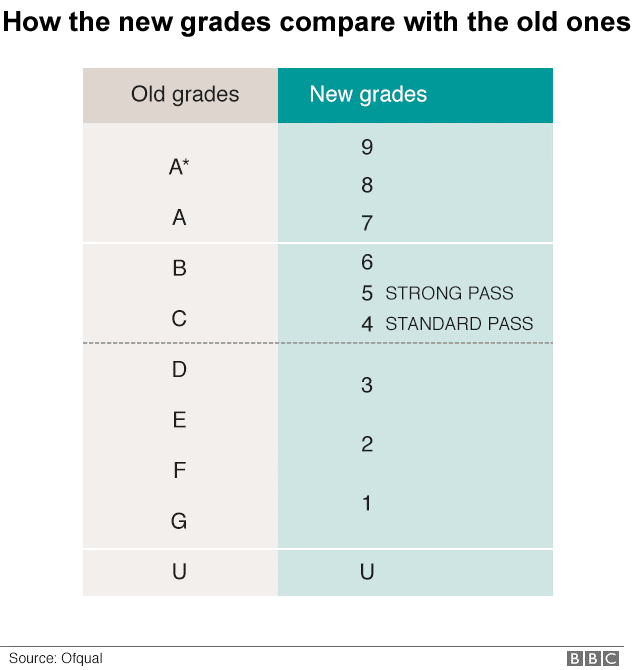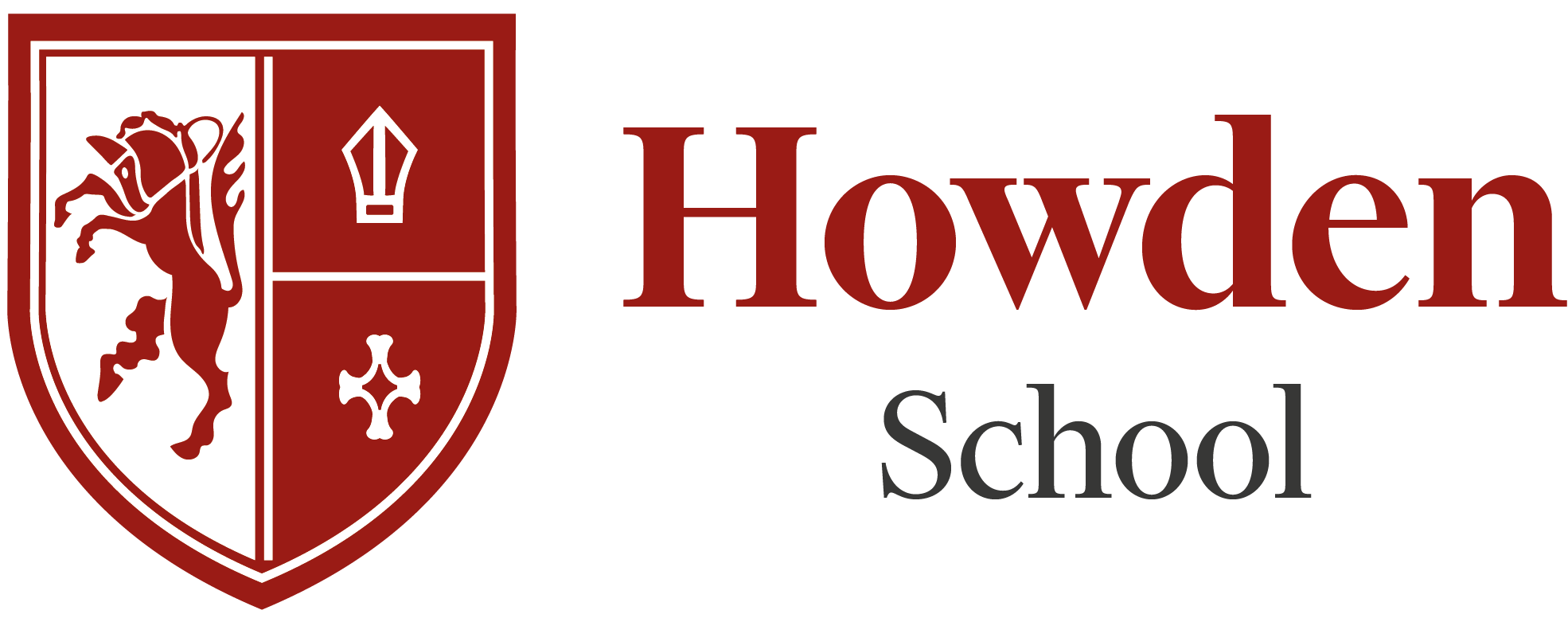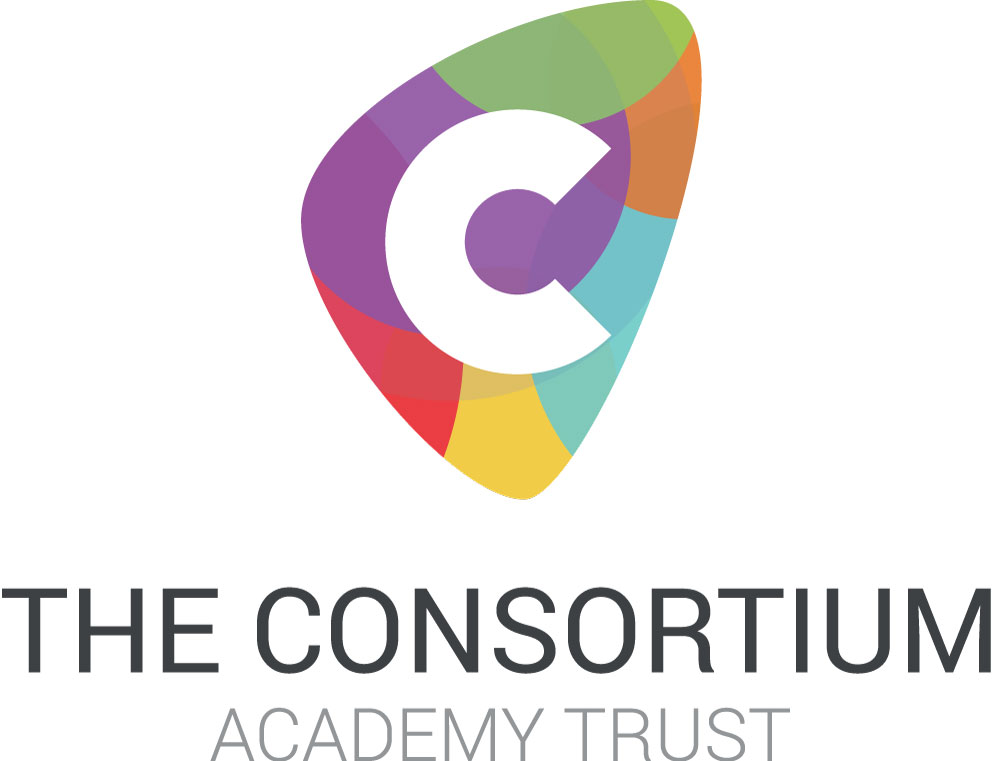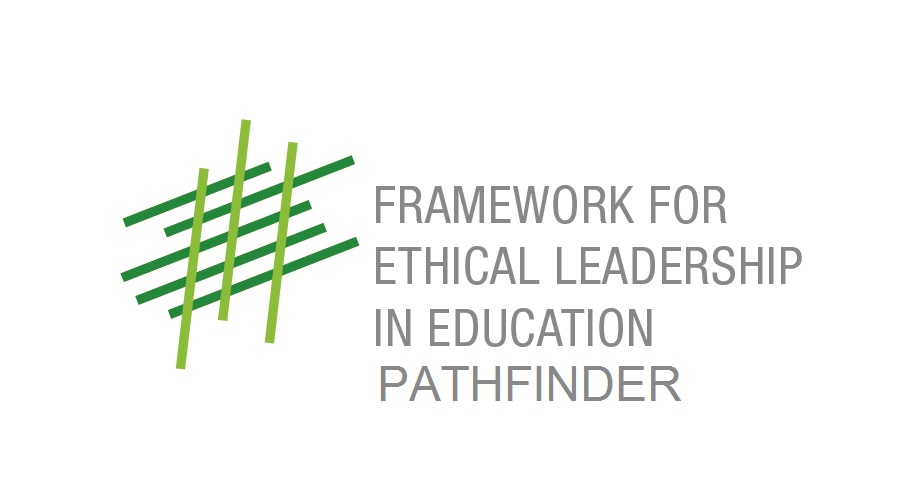Targets and Progress Monitoring
Parent/Carer Evenings, Data Reports and Written reports
Aim
Howden school reports are designed to help parents and carers see how well students are performing. This should create a platform for a meaningful conversation about the students learning. Reports aim to build a true reflection of a student’s performance at Howden School.
Frequency
In one normal academic year each student will receive one written report, two data reports and the school will run one parents/carers evening. Following government guidance on reducing work load many schools reduced the number of data collections in a school year. In line with this guidance we now report data twice per academic year.
Data report Design
The data report includes End of Year target progress points. These can be easily compared to the teacher predicted end of year progress point. Performance in line with the target progress point indicates excellent progress.
If a student is predicted to perform below their target grade it is important to consider how close the student is to the target grade. If a student is a long way from the target the ATL and HWK grades may be useful when trying to find ways to improve. In most case the written report and parents evening will provide more specific detail to allow rapid progress to be made. In some cases it may be necessary to contact the school to find out more information (Follow the “Contact us” page on the school website).
We use targets to motivate students and to give them something to aspire to. The targets we set are challenging and aspirational.
What are predicted progress points?
Using a holistic approach, teachers consider all the evidence from a student to arrive at a predicted End of Year Progress point. The evidence they may consider could include, classwork, homework, assessment data, exams, NEA’s and ATL.
Why do we use Predicted end of Year grades?
We use predicted end of Year Progress points / grades for many reasons:
- All our targets are “End of Year” targets. This means predictions can be directly compared to targets
- Student in year 11 require predictions for college applications
- Students need to know what they will achieve when selecting KS4 courses (options process) and KS5 (supporting progression after Howden school)
- We need a consistent approach to our reporting systems for parents and carers
- Parents and carers want to know the types of outcomes to expect especially at the end of KS4
Reporting current performance
We generally do not report current performance in our Data reports, this is because the performance of students varies from day to day and subject to subject.
Reporting current performance can be unhelpful and lead to confusion. For example, a student could easily perform poorly in relation to target in one data report and exceptional in another.
In Year 10 and 11 report “Mock GCSE” results as an example of Current performance. They are not a snap shot of current ability.
The Target Setting Process at Howden School
Research suggests that around 50% of the final grade is predictable if a student's previous attainment is known. The other 50% is determined by the quality of teaching, the support they receive from home and the determination of the student.
Key Objective of the Target Setting Process
The purpose of a target is to motivate a person into higher achievement.
Criteria for effective targets
-
Student targets must be ASPIRATIONAL
-
Student targets must MOTIVATE STUDENTS
Target Setting Methodology
At the start of year 7 we use FFT Aspire to produce year 11 targets for our students. This involves using KS2 data (or CAT’s scores) and subject specific data. As a school we then generate targets for each year group using flight paths designed by our Subject leaders using national standards. The flight paths are different for students of differing ability and then we further customise in house to set targets for our student in year 7.
Target Setting before GCSE
In the past, schools assessed students at KS3 using National Curriculum levels. These were removed in 2014. Schools across the country have adapted to Life after Levels in different ways.
At Howden school we set targets in KS3 as Progress points.
Progress Points KS3 Howden School
|
T5 |
T6 |
1- |
1 |
1+ |
2- |
2 |
2+ |
3- |
3 |
3+ |
4- |
4 |
4+ |
5- |
5 |
5+ |
|
Transition targets from KS2-3 |
Yr 7 Targets associated with standard outcomes at KS4 |
Yr 7 Targets associated with strong outcomes at KS4 |
Yr 7 Targets associated with top grades at KS4 |
|||||||||||||
Personalising the Targets and making sure targets remain relevant and effective
At the end of year 7 we use the same flight paths to generate a target for year 8. At this point we consult with our teaching staff. They use end of year predictions and their experience to review the targets to ensure targets remain aspirational and motivational.
At the end of each academic year the review process is repeated.
If during the review process a change to a student’s target grade is suggested, the reason for the change must have at its core the key objective in target setting.
Target Setting for KS4 GCSE
The personalisation of targets continues at GCSE, as do the subject specific flight paths. In Year 10 students will receive an “End of Year 10 target” and an “End of Year 11 target”.
The first and second target together allows students, teachers, parents and carers view the progress students are making.
In Year 10 and 11 GCSE grades are used. These are the new GCSE numbers which replaced the GCSE letter grades.

FFT Aspire
Why we use FFT Aspire
At Howden School we use FFT Aspire as a starting point for setting targets. FFT Aspire is a reporting and data tool used by schools, local authorities and academy chains. FFT Aspire provides key target setting and school performance evaluation information using the latest curriculum and accountability measures, providing in-depth analysis to support future planning.
FFT Aspire uses tried and tested approaches from the Fischer Family Trust based on informed and independent national research. Using FFT delivers the latest pupil performance information with valid comparisons across a wide range of indicators.
- Target setting: FFT provides a personalised approach to pupil achievement. FFT Aspire’s intelligent benchmarking system allows the school to select the level of challenge for students at Howden school (average, high or very high). At Howden school we use the very high estimates to set aspirational targets for pupils and supports year-on-year improvement for subjects. We then use the expertise of our teaching staff and the evidence gathered from our continuous tracking of student performance to further personalise targets to match the specific needs of our pupils.
- Self-evaluation: The new range of FFT Self Evaluation Dashboards are interactive and visual to help our school leaders analyse and evaluate data quickly and easily. Using FFT also gives the school access to the “Evaluative tools” which help when planning for the future: its key strengths and weaknesses, subject and group variation, the context and the effectiveness of interventions and teaching approaches. FFT Aspire provides us with high quality self-evaluation reports that can guide our future planning. FFT self-evaluation dashboards are interactive and visual, using a range of simple charts and tables to help you analyse data quickly and easily.
- Governors' Dashboard: The FFT Governor Dashboard provides a range of information to help governors support and challenge the school leadership team. The FFT Governor Dashboard is easy to view, download or print. Developed in partnership with the National Governors’ Association and the Welcome Trust, it provides a range of information to help governors support and challenge the school leadership team. Online and interactive access is also available which helps effective governing bodies to be autonomous.
Other benefits of FFT
- Student Explorer: View pupil history including previous attainment, progress and mobility. Identify when pupils have previously been entitled to FSM.
- Collaboration: Securely share school level performance data within other schools to support collaboration and the sharing of best practice.
- Data Integration: New students can be easily set targets and added to class data. This means our administrators and data managers to access pupil information, which can be imported and exported, ensuring integration with our own assessment and tracking systems.



